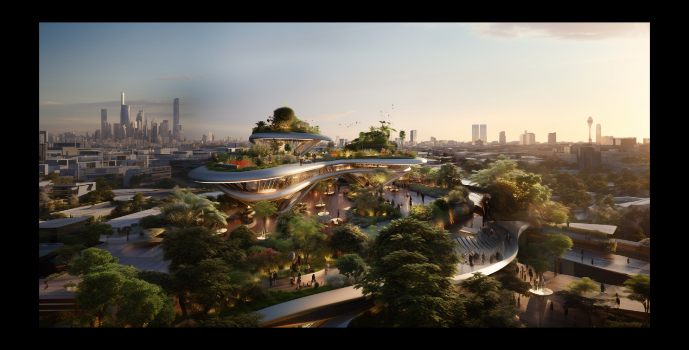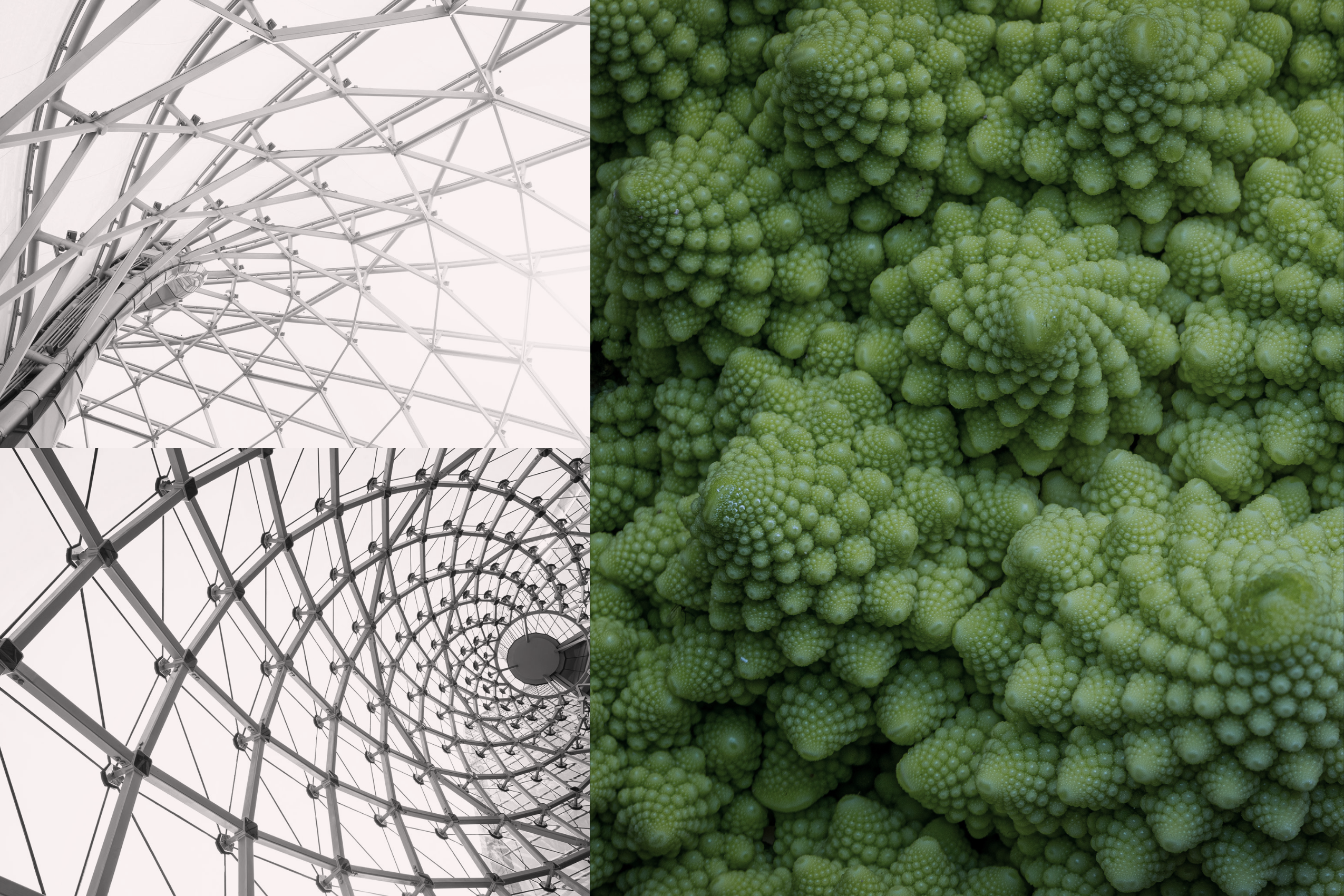Sustainable Architecture and Smart Buildings: Pioneering a Greener Future
As climate change becomes an increasingly pressing global concern, the architecture industry significantly promotes sustainability. In recent years, two key trends have emerged as potential solutions to this challenge: sustainable architecture and smart buildings. These strategies emphasise green design, energy efficiency, and technology integration, offering a transformative approach to reducing the environmental impact of our built environment.
The Importance of Sustainable Architecture
Sustainable architecture is a design approach that aims to minimise the environmental impact of buildings through energy efficiency, the use of sustainable materials, and consideration of the building’s life cycle. This includes efficient use of resources, reduction of waste, and creation of healthier, productive environments for people.
Green design principles play a pivotal role in sustainable architecture, ensuring the integration of natural elements and ecosystems into architectural design. This can range from simple strategies like designing for natural light and ventilation to more complex techniques such as incorporating green roofs and walls, rainwater harvesting systems, or renewable energy sources like solar panels.
Smart Buildings: The Intersection of Technology and Sustainability
Smart buildings represent technology integration into the fabric of buildings, offering automated control over various systems such as lighting, heating, air conditioning, and security. These buildings use sensors, actuators, and microchips to collect data and manage resources, improving energy efficiency and reducing waste.
The development of smart buildings has been driven by advancements in Internet of Things (IoT) technologies, allowing for unprecedented levels of control and responsiveness. These buildings can dynamically adapt to changes in the environment or the behaviour of occupants, significantly reducing energy consumption and improving the comfort and well-being of occupants.
The Future of Sustainable Architecture and Smart Buildings
The future of sustainable architecture and smart buildings looks promising. As technology continues to advance, we can expect to see buildings that are increasingly responsive and efficient. There is also a growing interest in using AI and machine learning to analyse data from smart buildings and further optimise their operation.
Moreover, as sustainability principles become more ingrained in architectural practices, we can anticipate a future where every building is designed with the environment in mind. This includes large-scale commercial or residential buildings and smaller-scale projects and renovations.
Integrating sustainable architecture and smart buildings represents a significant step towards a greener future. As we face the challenges of climate change, it’s vital that we continue to innovate and adopt these principles in our architectural practices. At Reid Brewin Architects, we’re excited to be part of this journey, committed to creating sustainable and intelligent architectural solutions. Stay tuned for more insights into this fascinating topic in our upcoming blogs.











